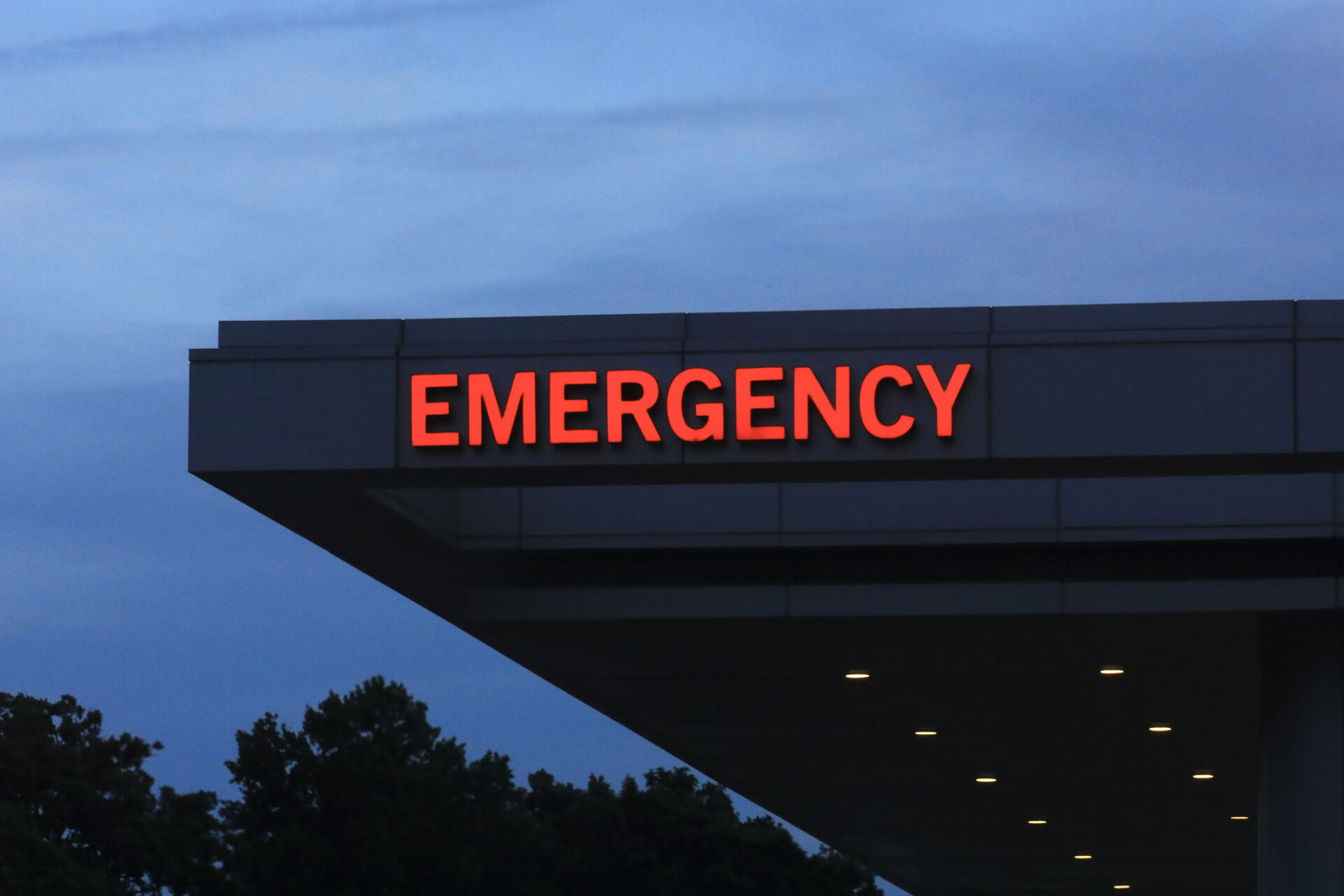Here are the facts: Amber Thurman, a woman from Georgia whose pregnancy with twins was too far along to abort in her home state, traveled to North Carolina, where she was given the deadly abortion pills mifepristone and misoprostol.
The chemical abortion was incomplete — meaning her children, or parts of them, were still in her womb — and she needed emergency room care but doctors at the hospital in Georgia she turned to for help waited 20 hours to perform a surgical abortion. The young woman, mother of a 6-year-old son, died.
ProPublica broke the story. Donors to the self-described “independent, nonprofit newsroom that produces investigative journalism with moral force” include groups like the Ford Foundation and Pew Charitable Trusts, that regularly support pro-abortion organizations.
Here are the headlines that followed that first story:
Newsweek: “Amber Thurman First Named ‘Preventable’ Abortion Death Since Bans”
New York Times: “It Was Only a Matter of Time Before Abortion Bans Killed Someone”
Associated Press: “VP says woman’s death after delayed abortion treatment shows consequences of Trump’s actions”
ProPublica has since reported on a second woman who died after taking abortion pills that she bought online. An autopsy performed on Candi Miller found fetal tissue in her womb, and a lethal combination of painkillers in her blood. And yet an unnamed committee of “maternal health experts” — one that does not share its findings with the public — blamed Georgia’s Heartbeat law, and her family reportedly told a coroner she was afraid to go to the hospital because of the law.
Vice President Kamala Harris gave a speech Friday in Atlanta, where she jumped on the bandwagon with abortion advocates who are overjoyed to be able to blame mothers’ deaths on laws that protect babies from abortion.
Certainly there are questions to be answered in Ms. Thurman’s case, by physicians in both North Carolina and Georgia. But it’s Georgia’s Heartbeat law being blamed for the woman’s death. This is simply not true.
Several women in the last decade have died after botched abortions and delayed follow-up medical care. You did not read their names in Newsweek or the New York Times or the Associated Press.
Keisha Atkins was 23 years old when she had an abortion at 24 weeks at Southwestern Women’s Options in Albuquerque in February 2017. Two days into the multi-day procedure, she was in pain and having trouble breathing. More than nine hours after arriving at Southwestern she was finally transferred to the hospital at the University of New Mexico, where, more than five hours later, she was finally taken to the emergency room. One hundred minutes later, she was declared dead. Eventually Southwestern and UNM paid $1.26 million to settle a wrongful death lawsuit.
Abortion killed Keisha.
Tonya Reaves died in Chicago after an incomplete second-trimester abortion at Planned Parenthood in July 2012. She would have to undergo two more abortion procedures at a hospital before dying. She was 26 years old. Eventually Planned Parenthood was ordered to pay her surviving son $2 million.
Abortion killed Tonya.
Cree Erwin-Sheppard was 24 when she had an abortion at a Planned Parenthood in Kalamazoo, Michigan on July 2, 2016. She was dead two days later. Her autopsy showed “retained products of conception.”
Abortion killed Cree.
There are others whose names you don’t know. Maria Santiago. Alexandra Nunez. Lakisha Wilson. Karnamaya Mongar. And many more than these.
These women did not become the media’s cause celebre because their tragic — and preventable — deaths followed abortions, and none dare speak a bad word about a procedure whose advocates have elevated it to the status of national sacrament. All of them died while Roe v. Wade was still intact, and all in states where abortion was easy to access.
Until recently, New Mexico was the late-term abortion epicenter of the nation. Illinois and Michigan, then as now, have few restrictions on abortion. Maryland, Pennsylvania, and New York all had — and still have — liberal abortion laws.
Abortion killed these women, as it killed Amber Thurman and Candi Miller. All of them were women of color so certainly racism could have been a factor in their delayed follow-up care. That’s an issue that needs to be explored.
Most importantly, the women’s stories should bring a much-needed look into the safety of chemical abortion. But they won’t. The Charlotte Lozier Institute reported in 2021 that chemical abortion led to many more emergency room visits than surgical abortion, but abortion advocates had that paper retracted because it contradicted their narrative that chemical abortion is a safe and private way for a mother to kill her child surrounded by the comforts of home.
The truth about chemical abortion is that it causes severe pain and bleeding for which few women are prepared. It turns women’s homes into abortion facilities, and leaves many of them with the unforgettable image of their babies being flushed down the toilet. Chemical abortion killed Amber Thurman and Candi Miller, and other women before then.
Women and their children deserve better than abortion, and the American people deserve the truth.
* * *
Janet Morana is the executive director of Priests for Life and the co-founder of the Silent No More Awareness Campaign. Her most recent book is Everything You Need to Know About Abortion – For Teens.
The views expressed in this piece are those of the author and do not necessarily represent those of The Daily Wire.

